أربع نصائح بسيطة لتكوين أفضل
Four Simple Tips for Better Composition
Have you ever wondered why you are instantly drawn to some photographs, but not to others? Or why some of your images lack that wow factor that you see in other’s. It may be related to how you compose your pictures. How a photograph is composed has a huge impact on how long we look at it. The longer our brain is allowed to wander through an image, the more likely we are to like it. Photographs that are not composed well do not have staying power, and are quickly discarded by our brain. In this article I want to discuss four very basic compositional tips. I won’t be talking about the “rule of thirds” or “leading lines”, but rather four pointers you should consider before you take a picture. These tips will save you a lot of post processing time, and will allow you to create much stronger images.
هل سبق لك أن تساءلت عن سبب انجذابك الفوري لبعض الصور الفوتوغرافية دون غيرها؟ أو لماذا تفتقر بعض صورك إلى عامل الإبهار الذي تراه في صور الآخرين. قد يكون الأمر مرتبطًا بكيفية تكوين صورك. إن كيفية تكوين الصورة لها تأثير كبير على المدة التي ننظر فيها إليها. كلما سمح لأدمغتنا بالتجول في الصورة لفترة أطول، زادت احتمالية إعجابنا بها. الصور التي لم يتم تركيبها بشكل جيد ليس لها قوة البقاء، ويتم التخلص منها بسرعة من قبل دماغنا. أريد في هذه المقالة مناقشة أربع نصائح تركيبية أساسية جدًا. لن أتحدث عن "قاعدة الأثلاث" أو "الخطوط البادئة"، بل عن أربع مؤشرات يجب عليك مراعاتها قبل التقاط الصورة. ستوفر لك هذه النصائح الكثير من وقت المعالجة اللاحقة، وستسمح لك بإنشاء صور أقوى بكثير.
Four Simple Tips for Better Composition
Have you ever wondered why you are instantly drawn to some photographs, but not to others? Or why some of your images lack that wow factor that you see in other’s. It may be related to how you compose your pictures. How a photograph is composed has a huge impact on how long we look at it. The longer our brain is allowed to wander through an image, the more likely we are to like it. Photographs that are not composed well do not have staying power, and are quickly discarded by our brain. In this article I want to discuss four very basic compositional tips. I won’t be talking about the “rule of thirds” or “leading lines”, but rather four pointers you should consider before you take a picture. These tips will save you a lot of post processing time, and will allow you to create much stronger images.
هل سبق لك أن تساءلت عن سبب انجذابك الفوري لبعض الصور الفوتوغرافية دون غيرها؟ أو لماذا تفتقر بعض صورك إلى عامل الإبهار الذي تراه في صور الآخرين. قد يكون الأمر مرتبطًا بكيفية تكوين صورك. إن كيفية تكوين الصورة لها تأثير كبير على المدة التي ننظر فيها إليها. كلما سمح لأدمغتنا بالتجول في الصورة لفترة أطول، زادت احتمالية إعجابنا بها. الصور التي لم يتم تركيبها بشكل جيد ليس لها قوة البقاء، ويتم التخلص منها بسرعة من قبل دماغنا. أريد في هذه المقالة مناقشة أربع نصائح تركيبية أساسية جدًا. لن أتحدث عن "قاعدة الأثلاث" أو "الخطوط البادئة"، بل عن أربع مؤشرات يجب عليك مراعاتها قبل التقاط الصورة. ستوفر لك هذه النصائح الكثير من وقت المعالجة اللاحقة، وستسمح لك بإنشاء صور أقوى بكثير.

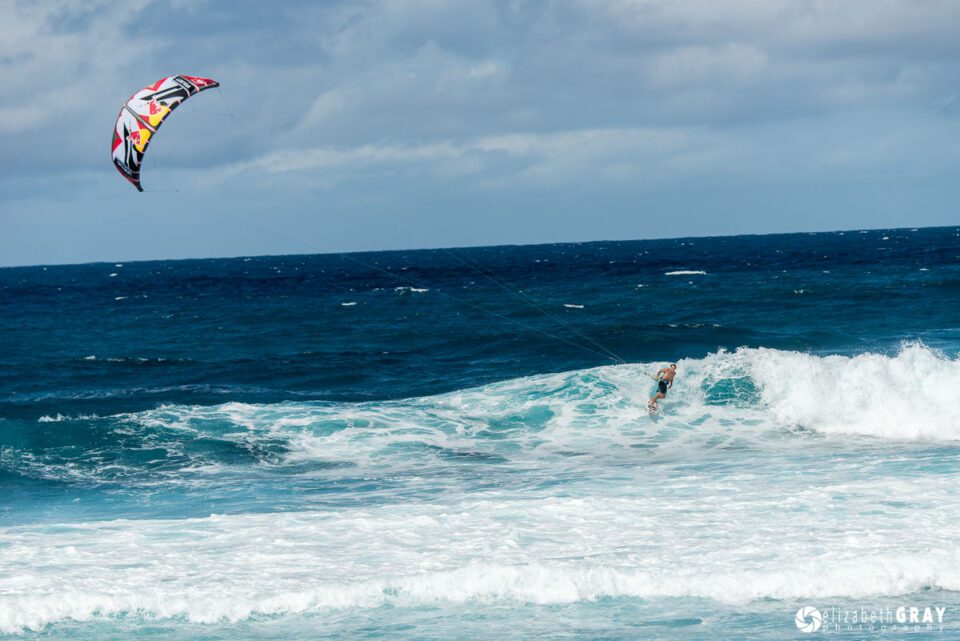
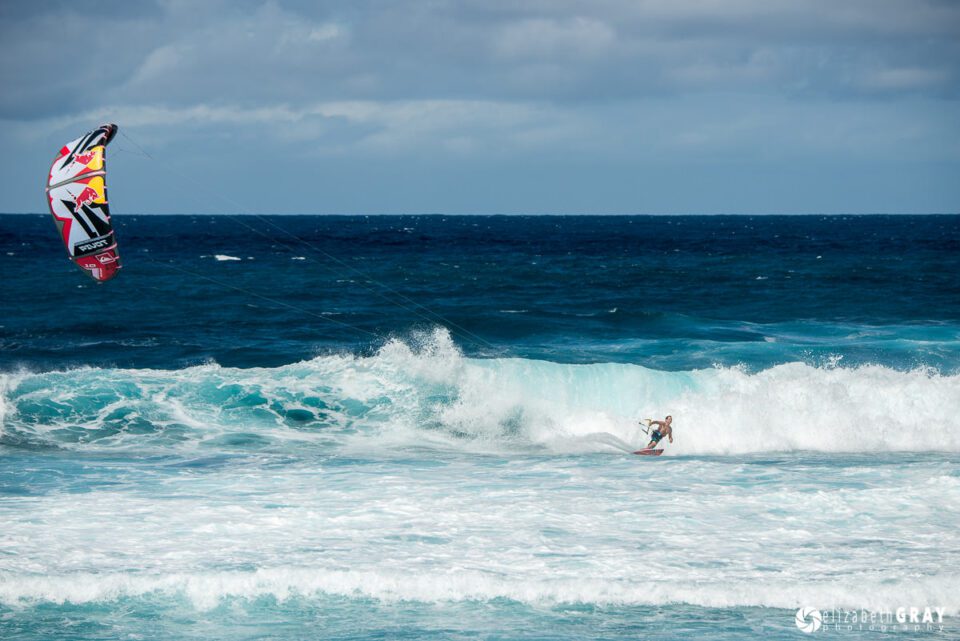
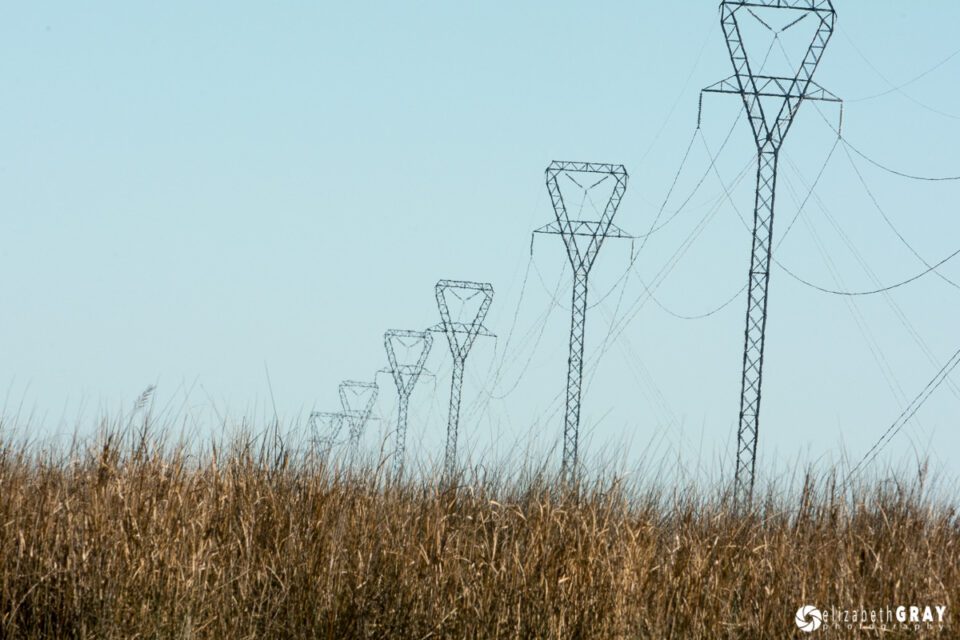
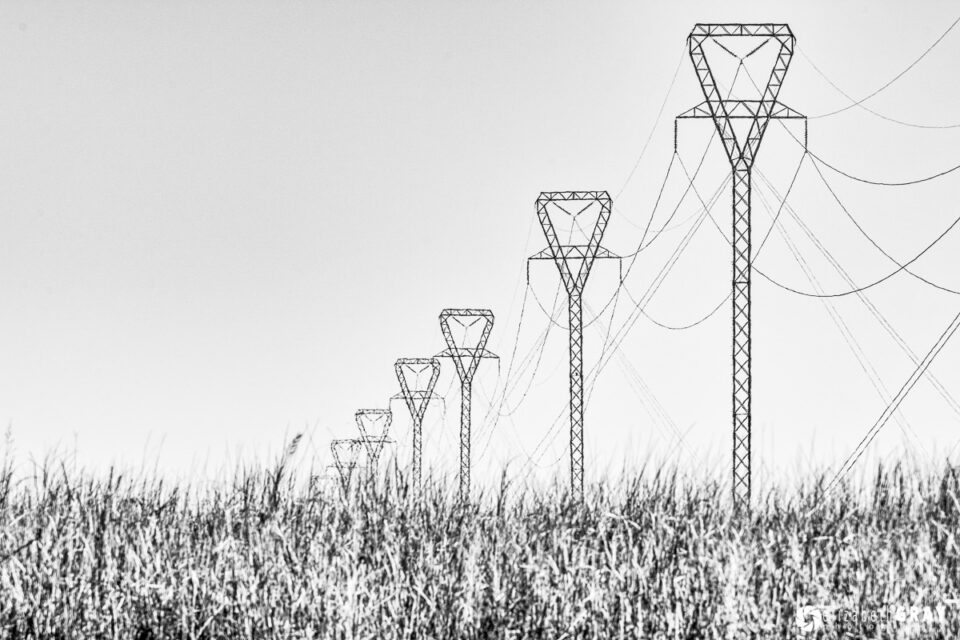
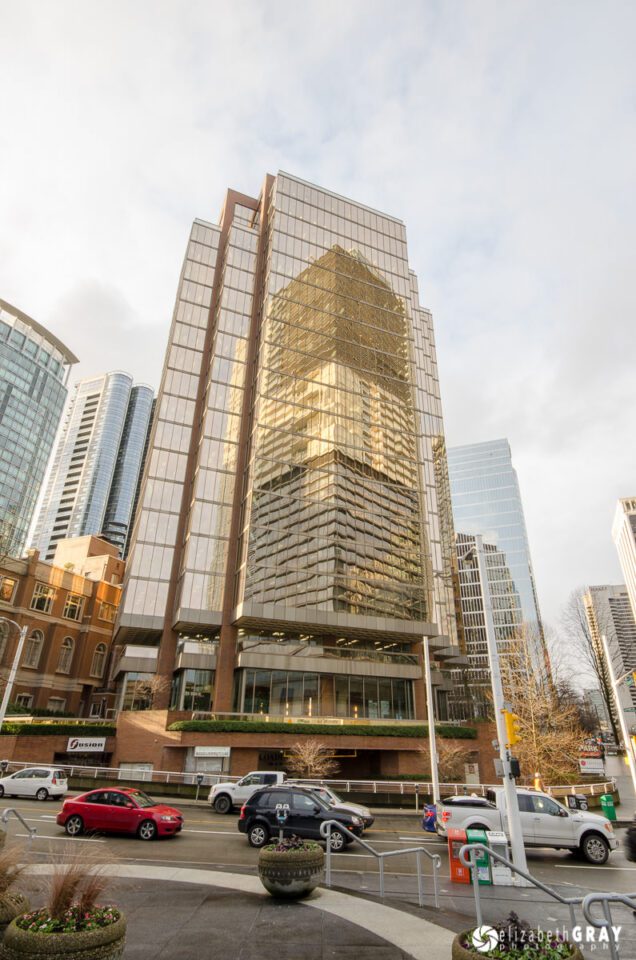
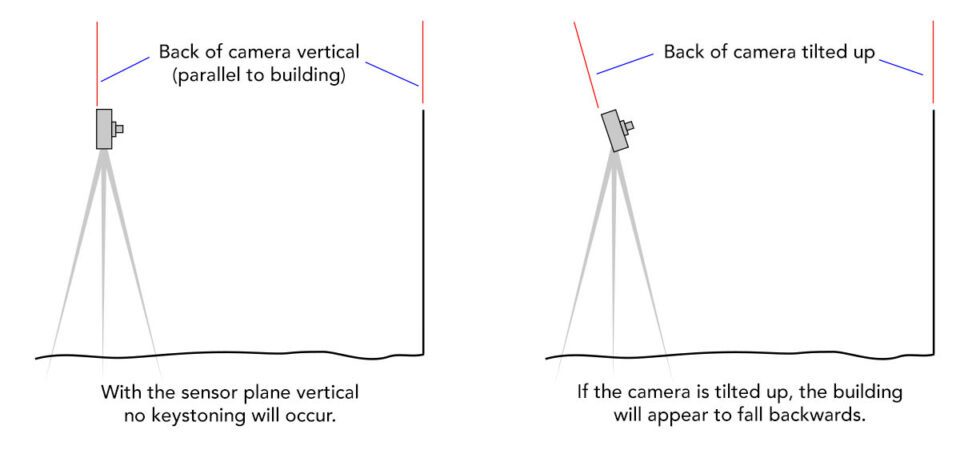
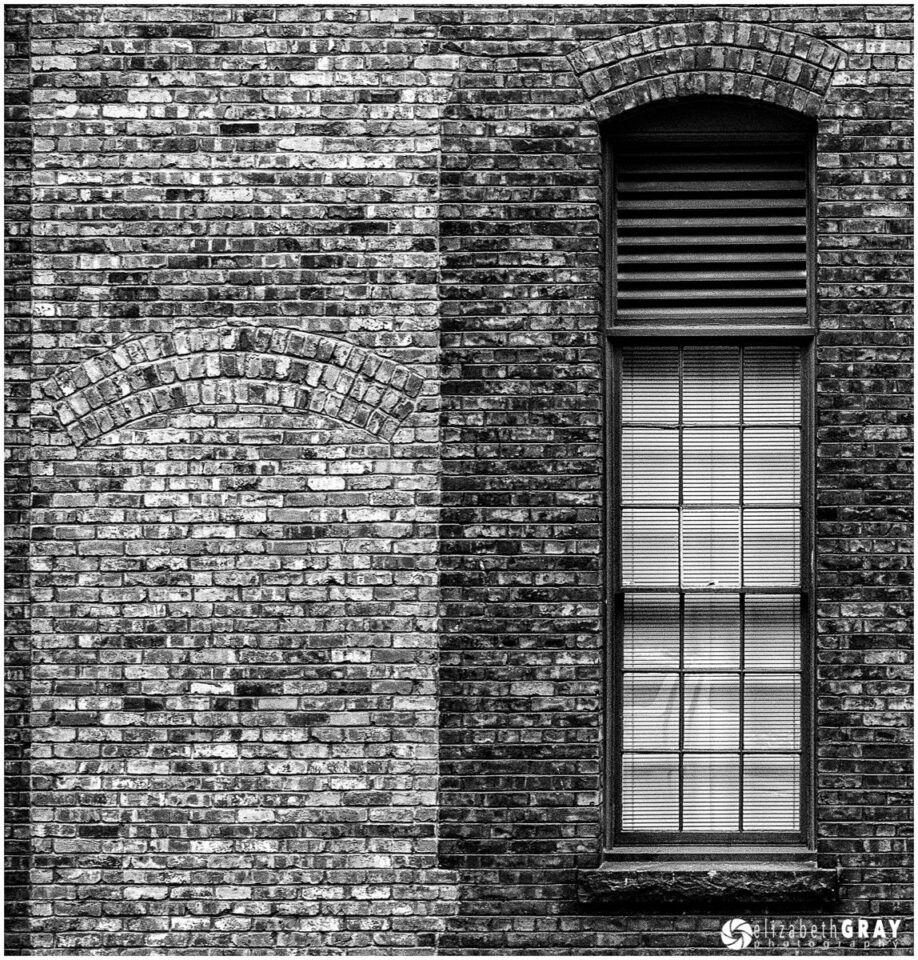

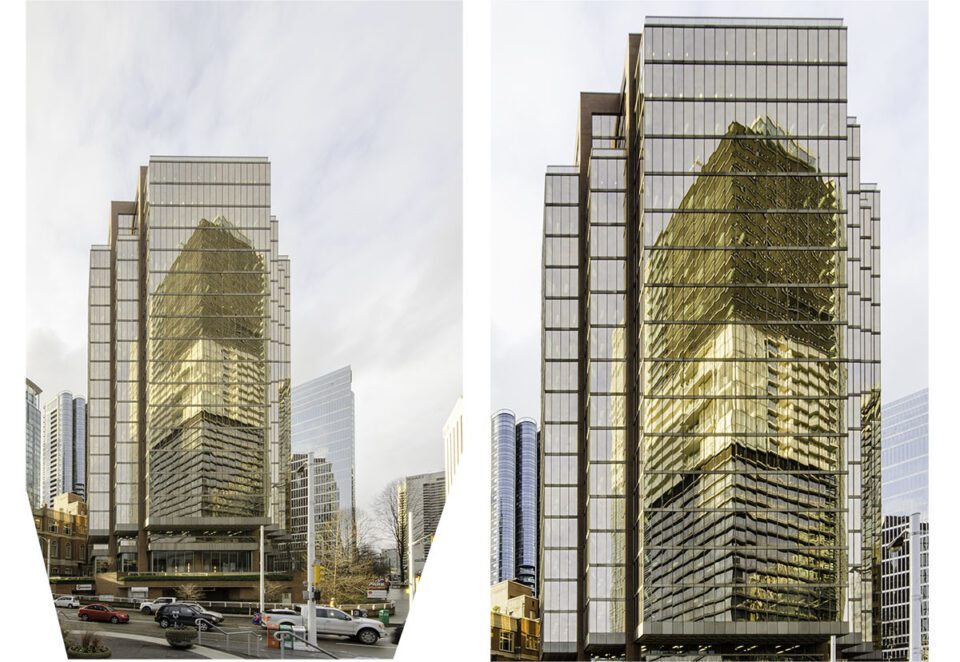
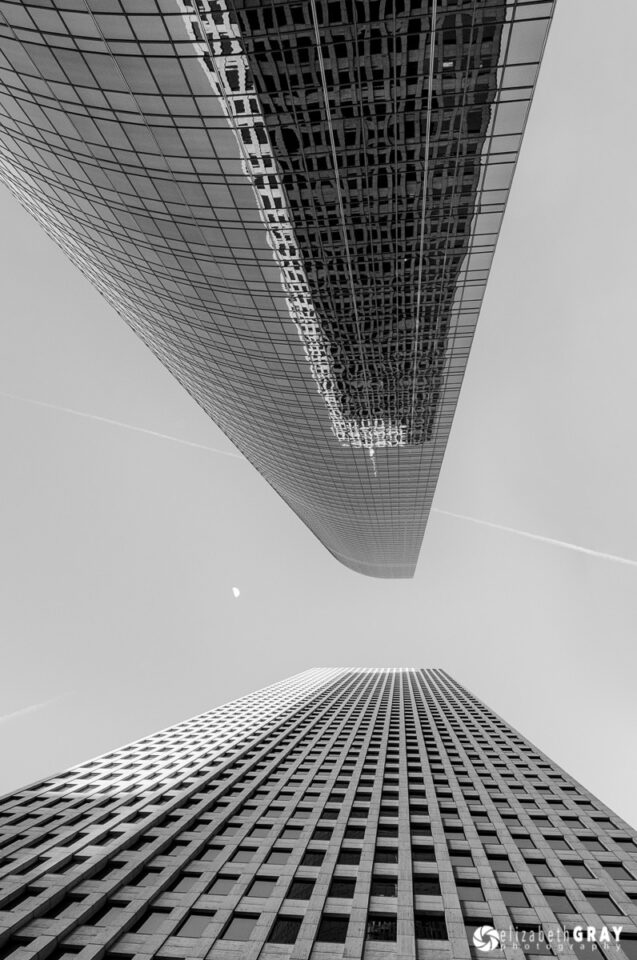

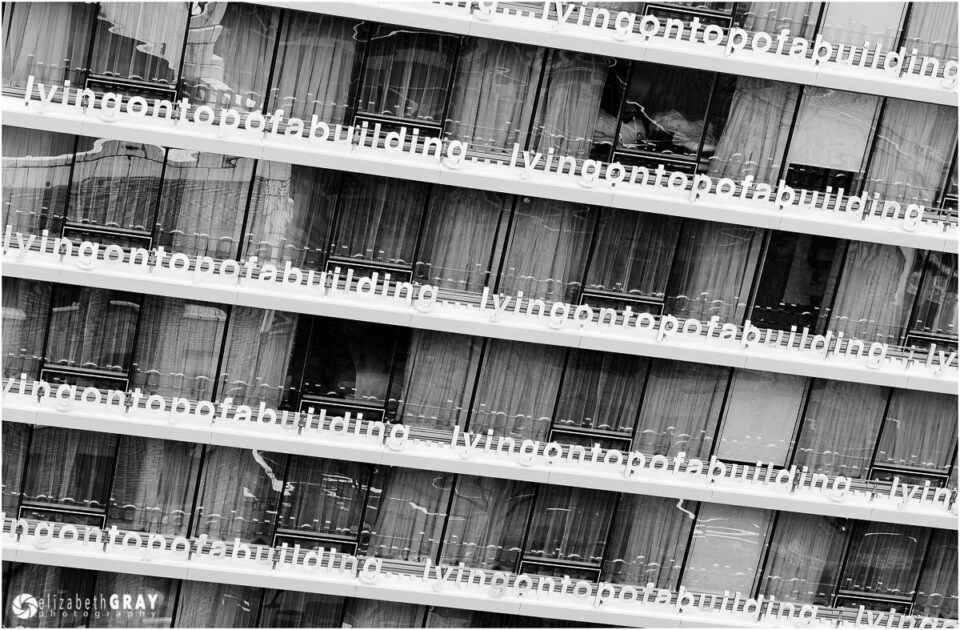
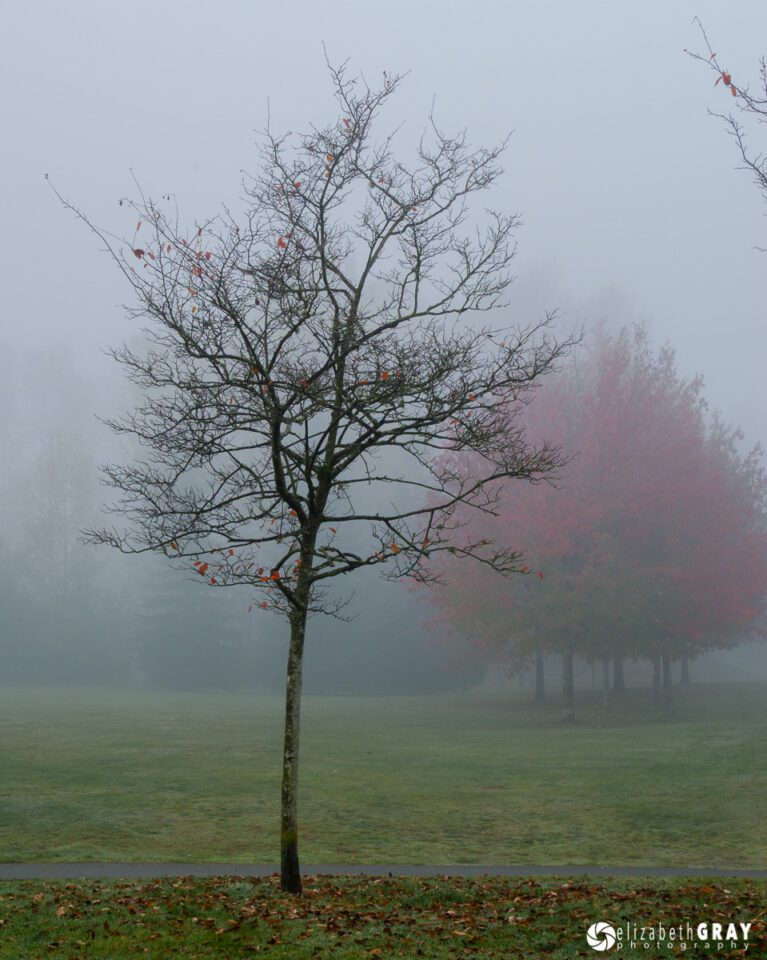
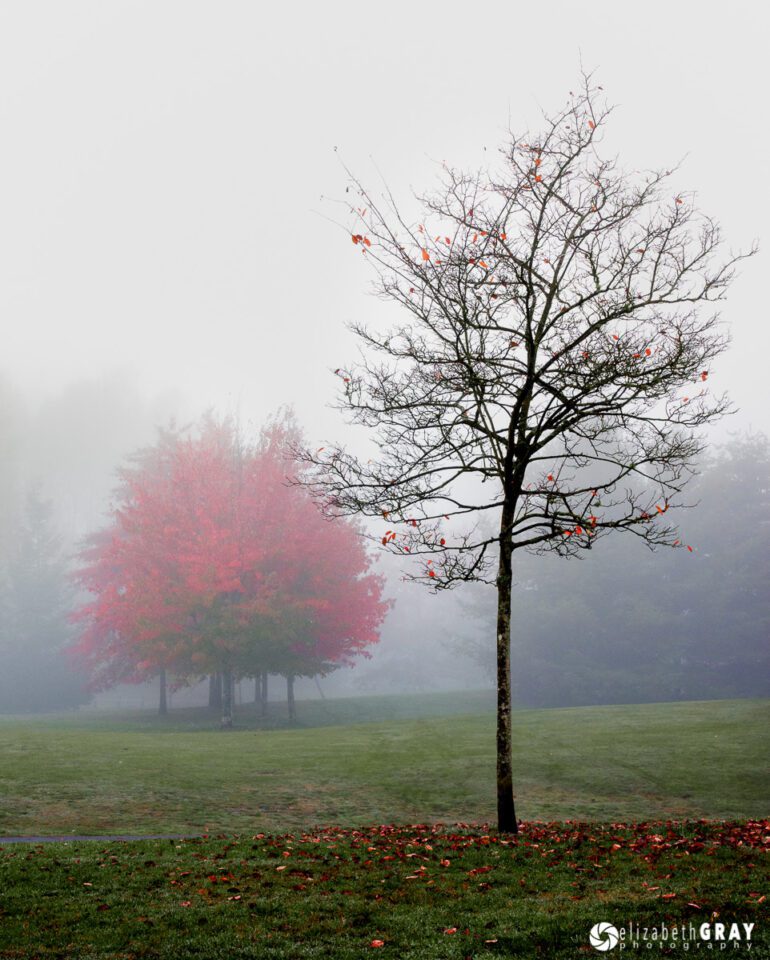
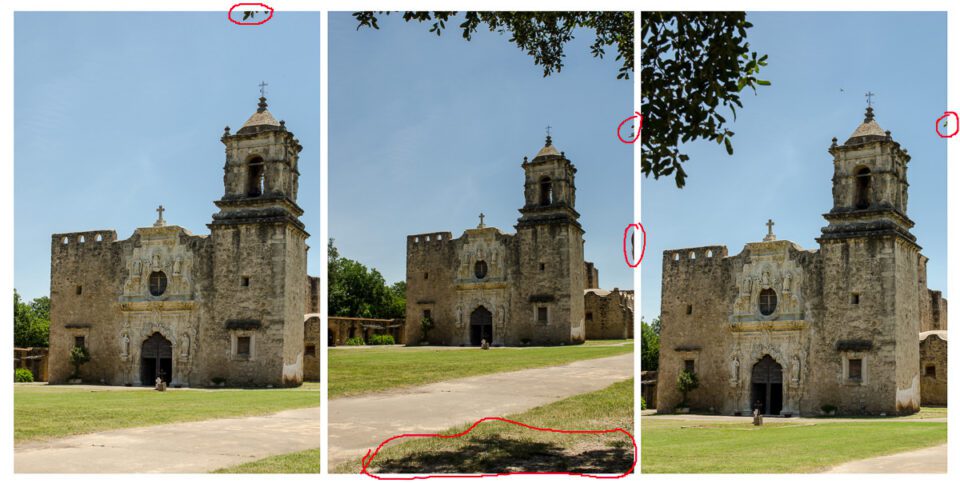
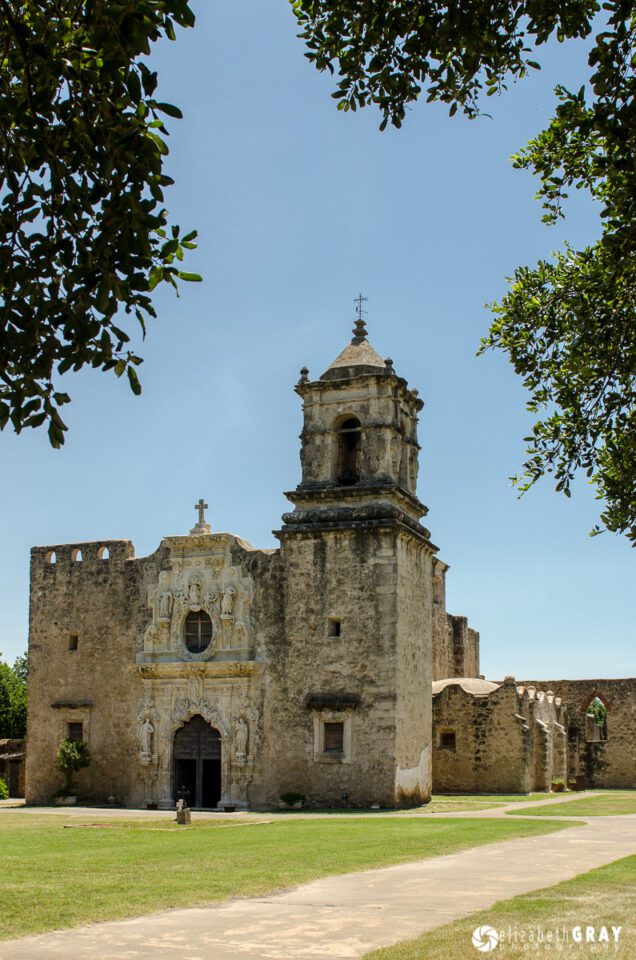


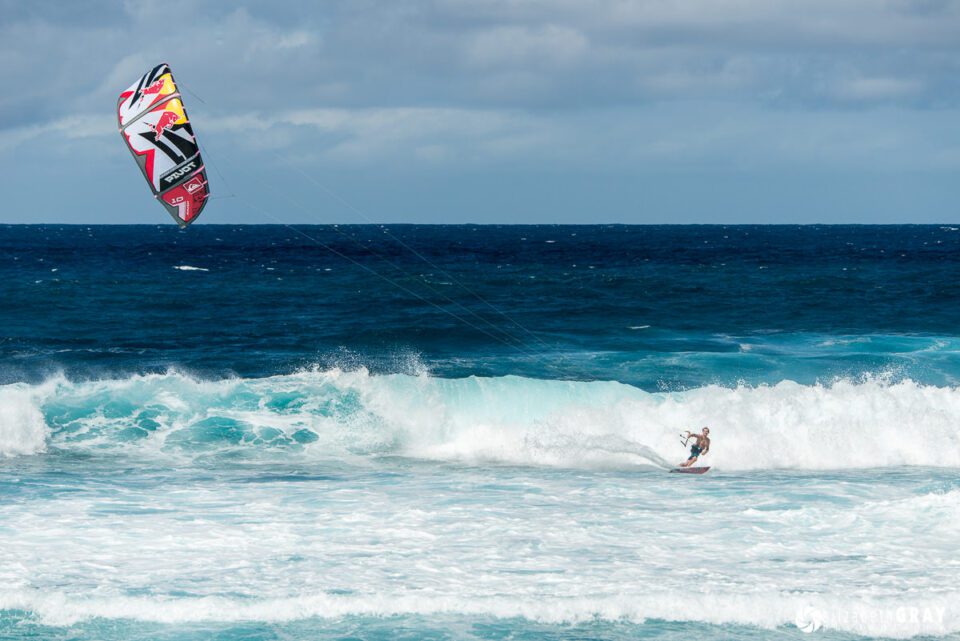
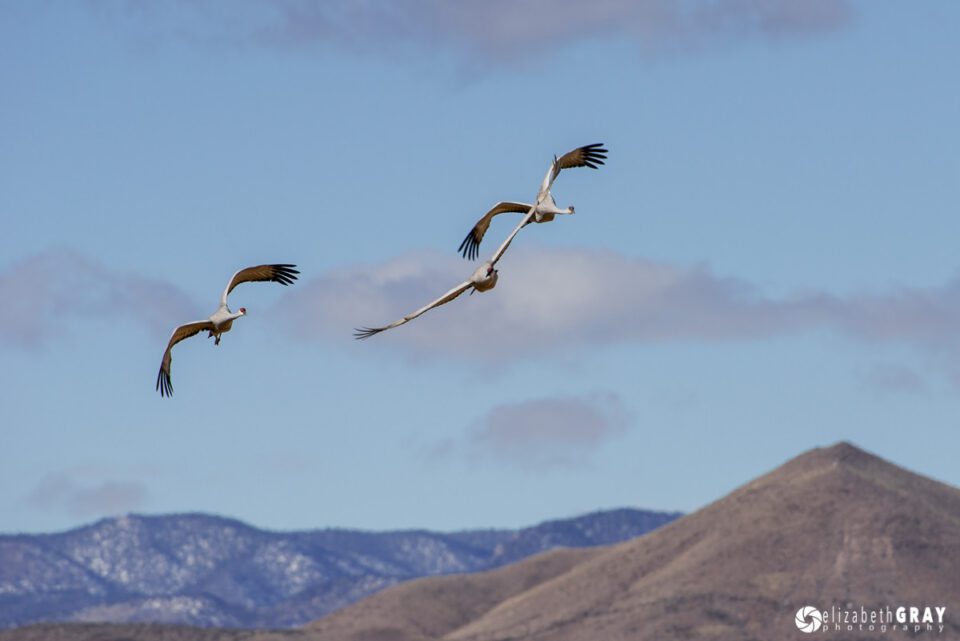
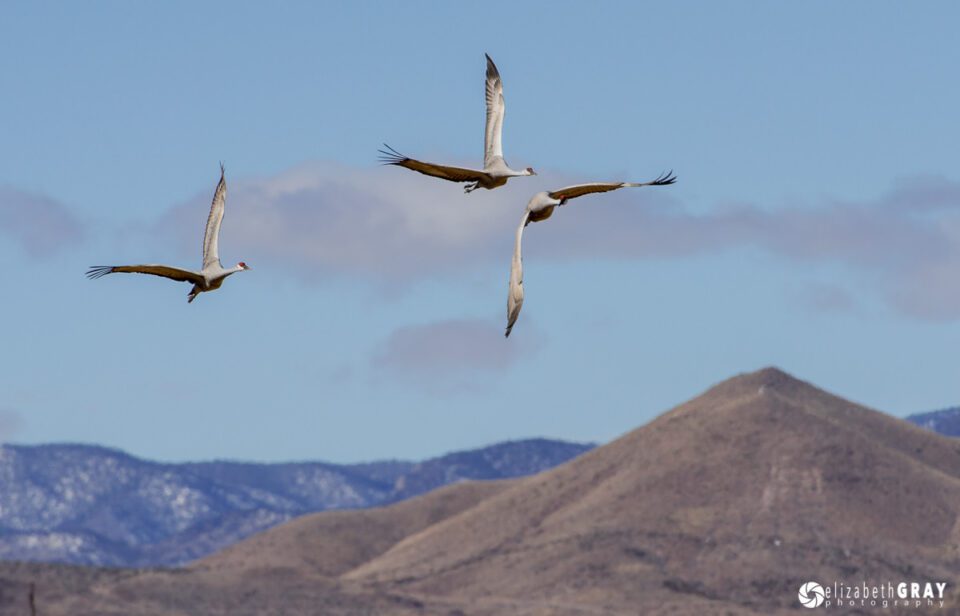

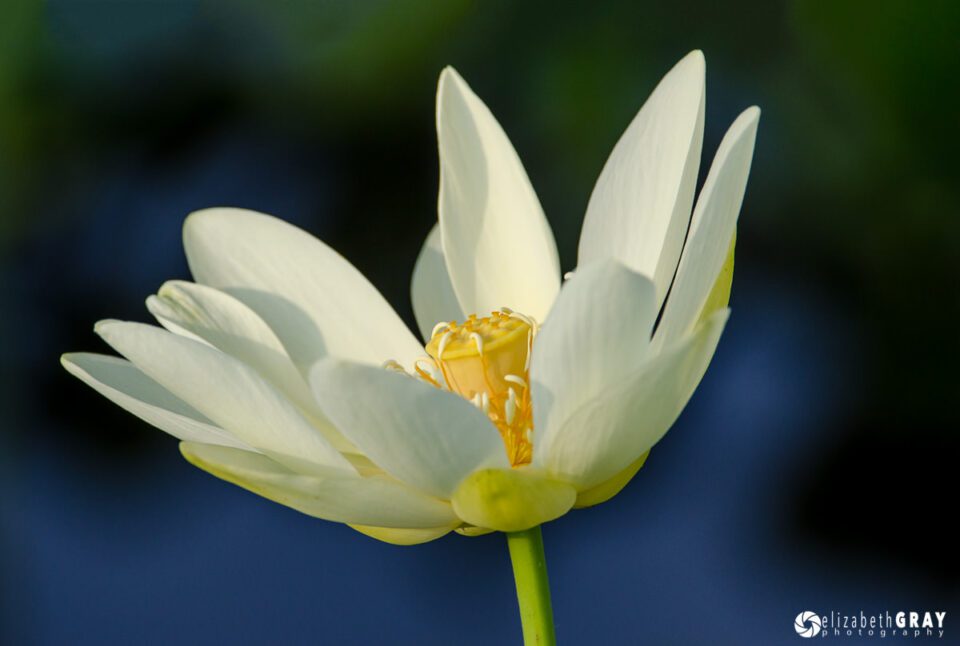
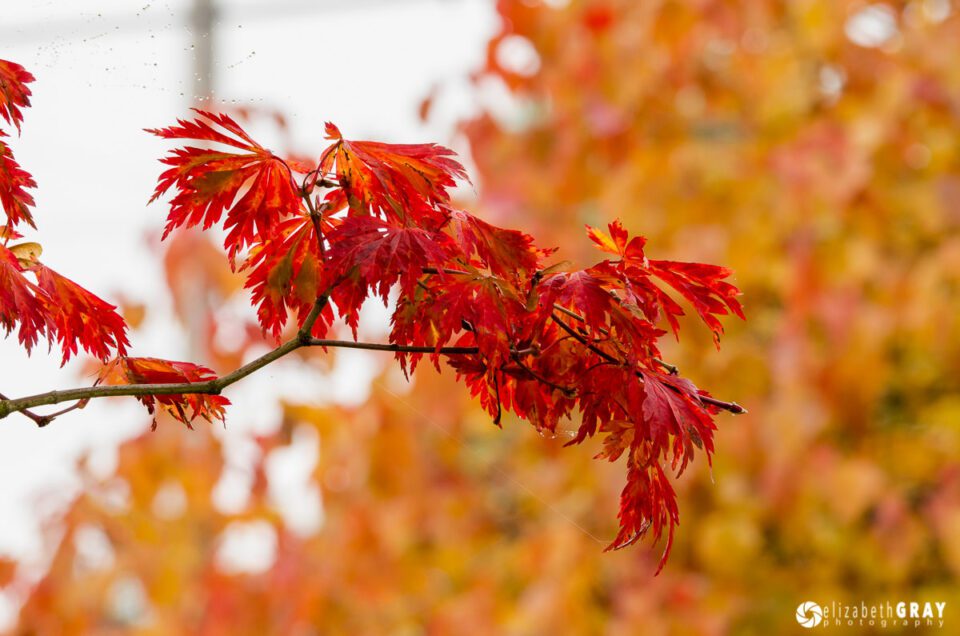
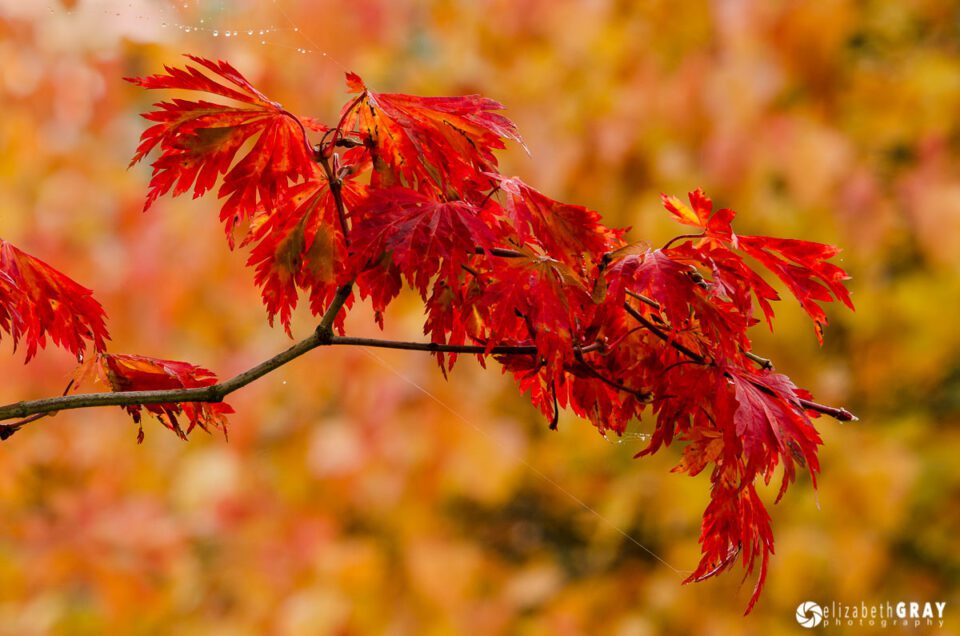
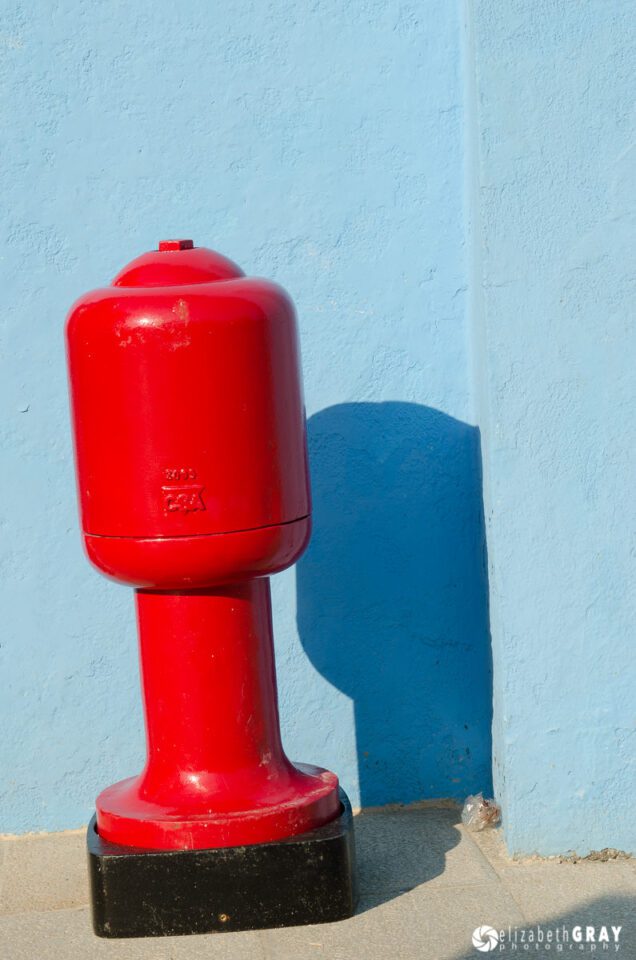
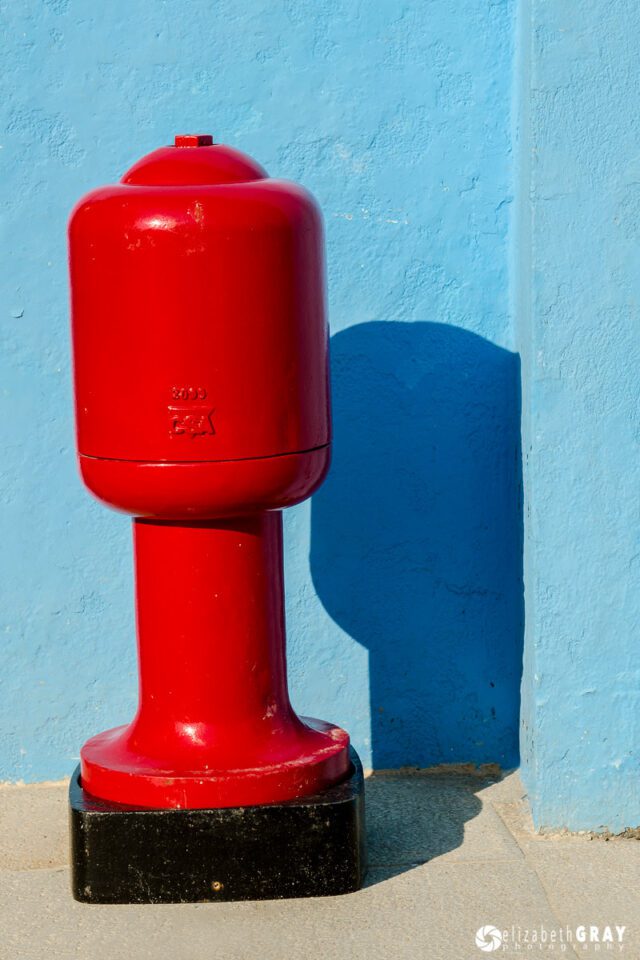
تعليق